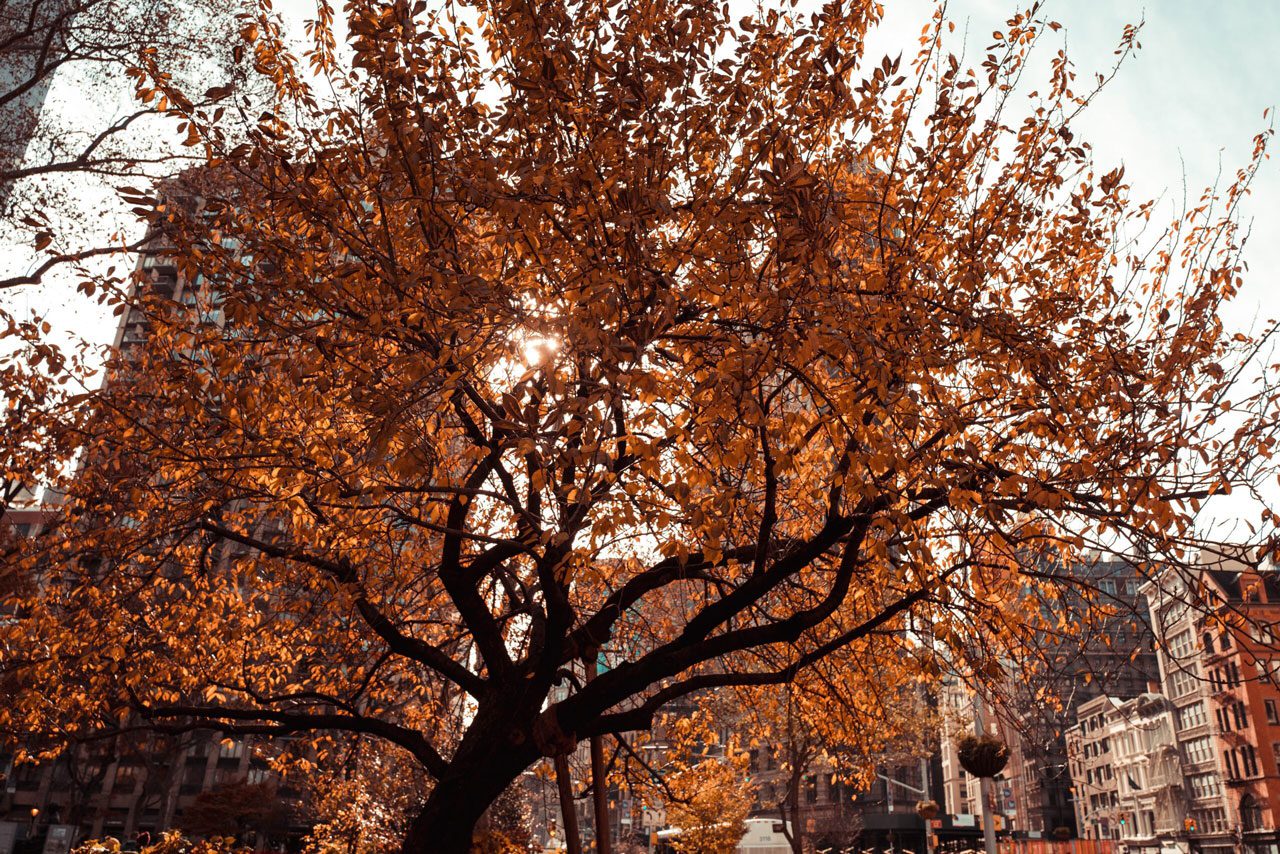What is Seasonal Affective Disorder (SAD)?
Seasonal Affective Disorder (SAD), more informally referred to as Seasonal Depression or Winter Blues, involves depression related to seasonal changes. SAD begins and ends around the same time each year. Most typically SAD symptoms begin in the fall and resolve in the springtime. Occasionally SAD may cause depression in Springtime and resolve in Fall or Winter1.
Symptoms of SAD
SAD is most commonly present during late fall, throughout the winter months, and lightens up in the springtime. Oftentimes, symptoms may begin mild but increase in severity as the season continues on.
General Symptoms
- Feeling sad, down the majority of the day, nearly every day.
- Feeling sluggish, low energy.
- Low interest in previously-enjoyed activities.
- Hopelessness, worthlessness, and guilty feelings.
- Finding it difficult to concentrate.
- Overeating, gaining weight, craving carbohydrates.
- Excessive need for sleep.
- Having suicidal thoughts.
Fall & Winter SAD Symptoms
These are the symptoms that are specific to winter-onset SAD.
- Oversleeping.
- Weight gain.
- Tiredness/low levels of energy.
- Changes in appetite, craving high levels of carbohydrates.
Steps to Take
Morning Routine
If possible, try to get up earlier and go to sleep earlier. The reason for this is that a large part of SAD symptoms relates to the lack of sunlight, leading to lower doses of naturally-produced serotonin. By waking up and going to sleep earlier, it is allowing for more hours of sunlight in your wake hours.
Evening Ritual
Having an evening ritual can help in many ways. First of all, having a routine to wind down for the night can assist with sleep. Just as important though, is finding joy in the day-to-day life. SAD can lead to restless thoughts, so finding hobbies to concentrate on can alleviate these feelings.
Exercise
Colder weather often makes it more difficult for people to get their workout in. While some people may find it harder to go for a run or bike ride in cold temperatures or even snowy weather, others find difficulty even motivating themselves to go to the gym when winter weather hits. Get yourself into a routine that works for your schedule.
Cleaning/Organizing
Keeping your space clean when you feel cooped up in your house can make it much more enjoyable to be home. It also can help to declutter parts of the home that you have neglected during warmer weather months (we all makes those excuses due to wanting to enjoy that nice weather!)
Cold Weather To-Do List
When the weather drops we seem to think that our time for memories is over. However, not only can we accomplish things with the cold weather, but we can make new traditions and find joy in new activities. This could involve making more plans with loved ones to prevent isolation, watching a new Netflix show, or making winter-specific plans like ice skating. In addition, keep in mind that with cold weather comes activities that are specific to fall or winter. You may want to go to a haunted house, look at holiday lights on houses, plan a skiing trip, or take your kids sledding.
Other Ideas
- Cuddle Up: A 2018 Study conducted by the Journal of Experimental Psychology states that touching a loved one has been shown to help regulate stress, soothe emotions, and boost cognitive performance.
- Allow Sadness at Times: If you feel like you have been bottling up your feelings, allow yourself to feel it. You may need to have a good cry, listen to music that makes you emotional, or watch a sad movie. If you have done this a few times and it still is not getting better, you may want to consider seeing a doctor or therapist.
- Keep a Healthier Diet: Having a healthier diet can help fight off symptoms of depression and anxiety. Studies have found that those who have diets that include high amounts of fruits, vegetables, whole grains, and healthy proteins have a lower risk of depression.
- Get some Sun: One of the hardest parts about winter SAD symptoms is that it can be harder to get outside due to the weather. However, take advantage of getting outside when you can! This might be on a day that is a bit warmer or the sun is out; or it may involve doing winter activities such as going skiing, snowboarding, or sledding.
- Get Spiritual: While those of us who are not fans of the winter months may find it harder to be present, it is important to not feel like you are just waiting for the season to be over. Rather than thinking of all of the things that you dislike about the season, focus on what things you do like. This may involve trying new activities, but can bring some positivity to those winter blues.
Finding Help
If you are looking for a therapist to discuss preparations for symptoms related to SAD, our therapists through Online-Therapy.com provide Cognitive Behavioral Therapy (CBT)
We have a variety of therapists who would love to help you with mental health concerns, while also keeping in mind your perspective as a member of this community. Our platform offers a complete online therapy toolbox which includes time with a personal therapist who can support you throughout your journey. If this is something you have interest in, we would love to hear from you.
References
Bustle. A Therapist Explains How to Get Ready for the Winter Blues. (https://www.bustle.com/wellness/110176-8-ways-to-prepare-for-seasonal-affective-disorder-now-that-the-days-are-getting-shorter). Accessed on 08/31/22.
Cone Health. 7 Things to Help Avoid Seasonal Affective Disorder. (https://www.conehealth.com/services/behavioral-health/7-ways-to-beat-the-winter-blues/). Accessed on 08/31/22.
Mayo Clinic. Seasonal Affective Disorder (SAD). (https://www.mayoclinic.org/diseases-conditions/seasonal-affective-disorder/symptoms-causes/syc-20364651). Accessed on 08/31/22.
Simplemost. 10 Ways to Prepare for Seasonal Affective Disorder Now that Days are Shorter. (https://www.simplemost.com/10-ways-prepare-seasonal-affective-disorder/). Accessed on 08/31/22.




Leave A Comment